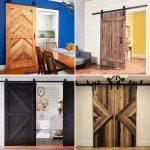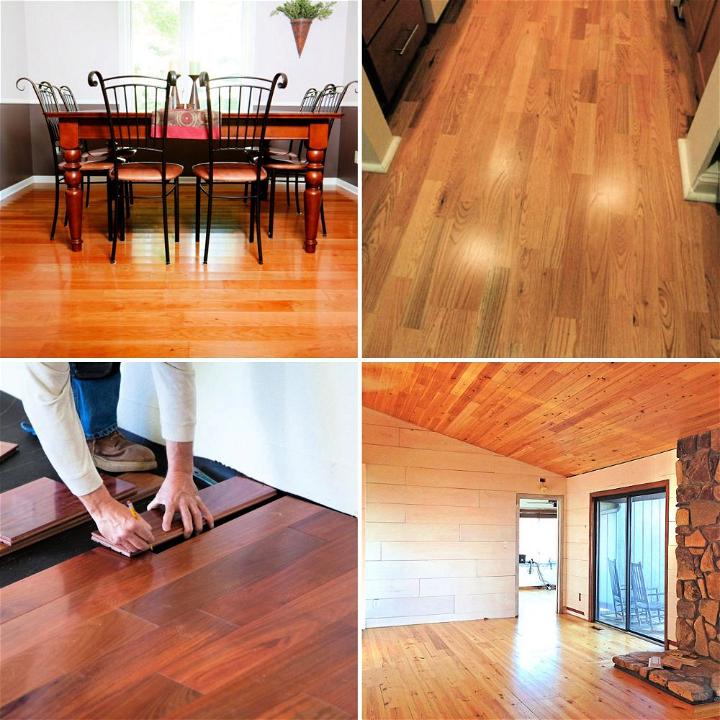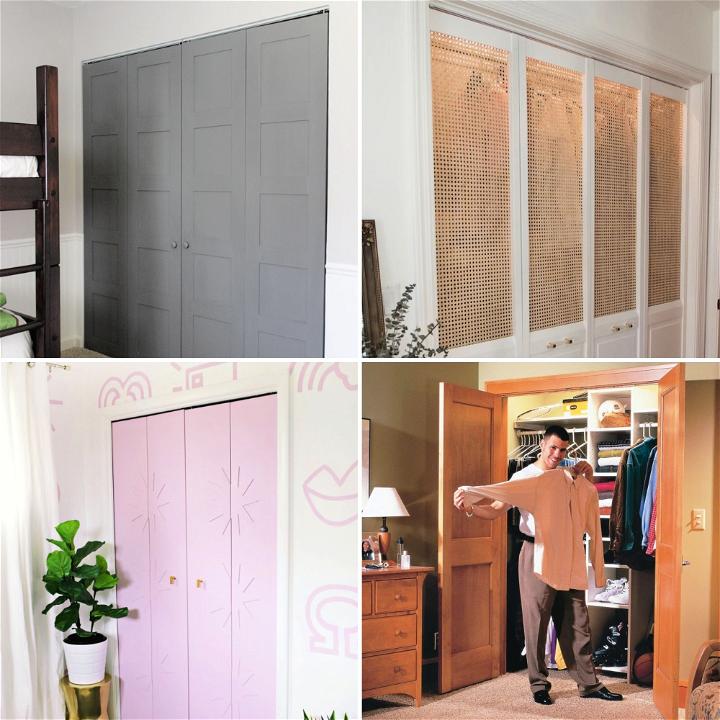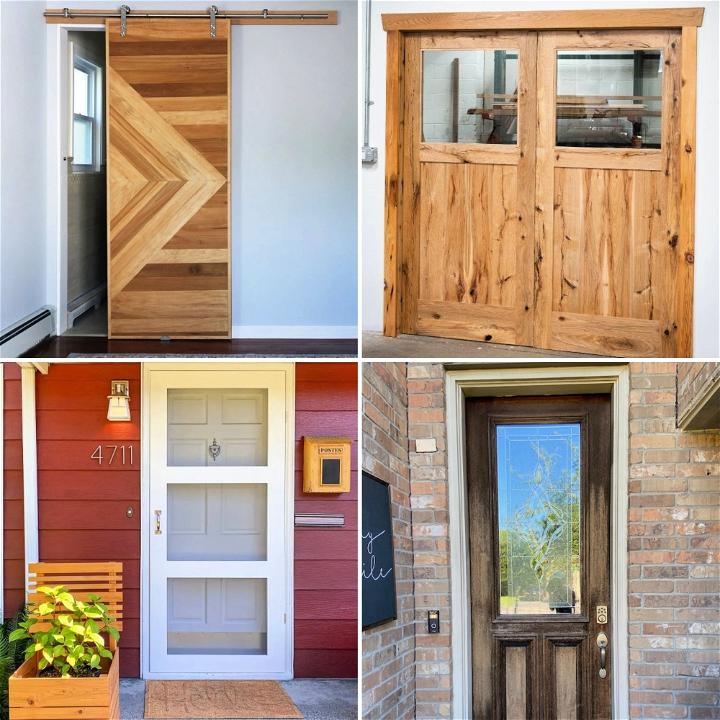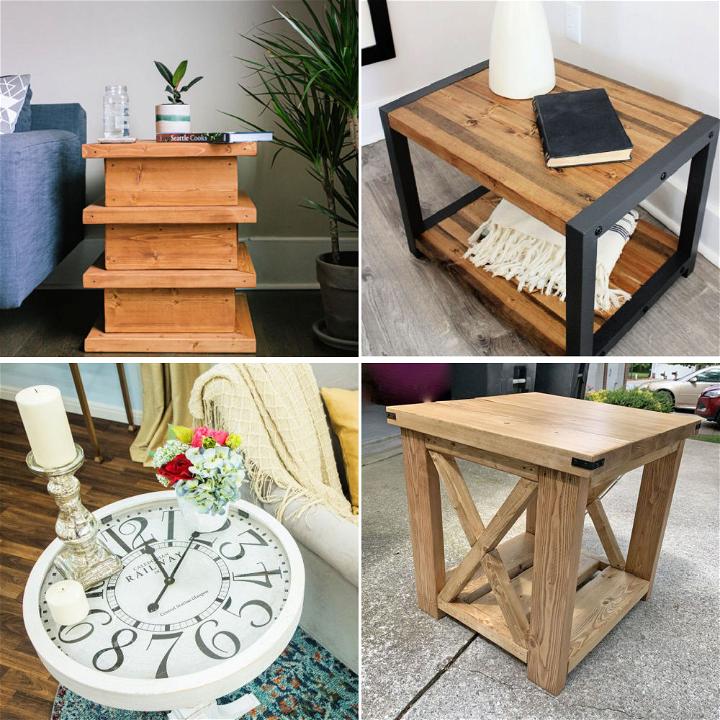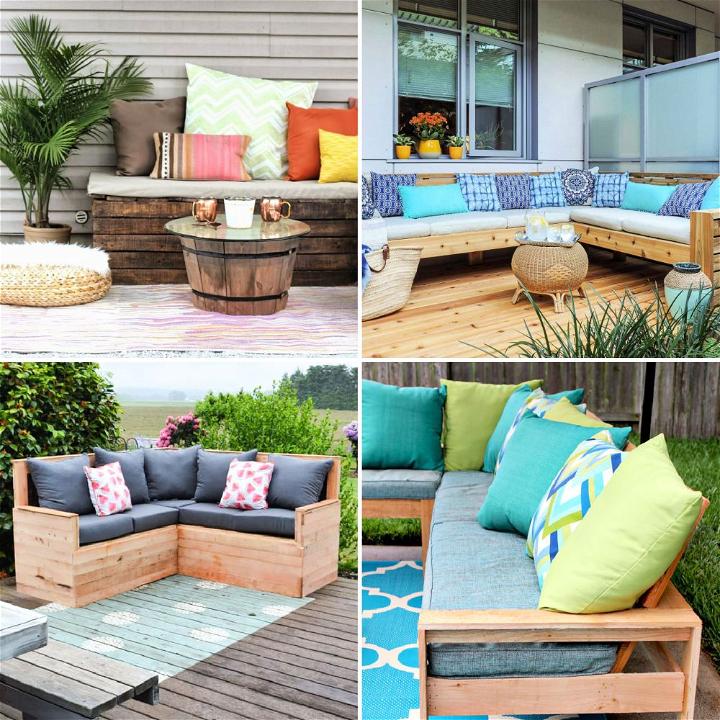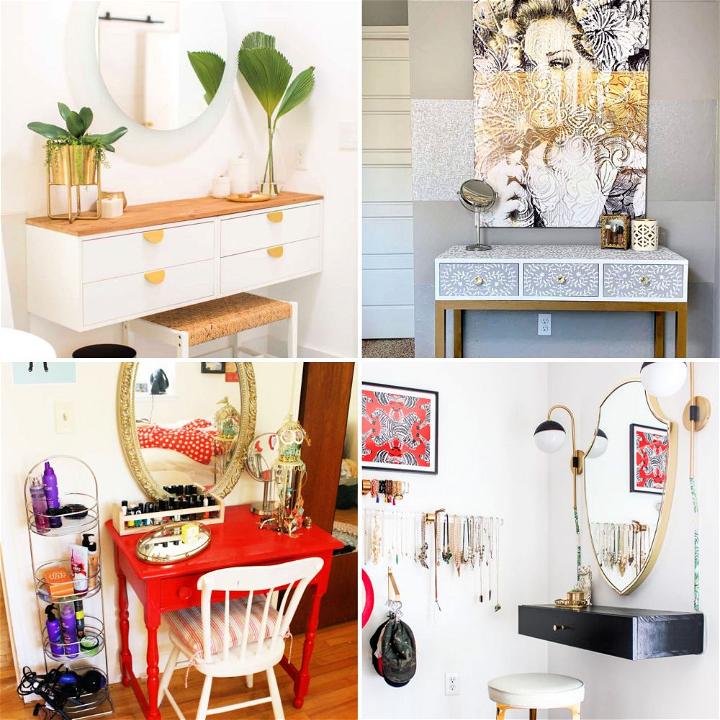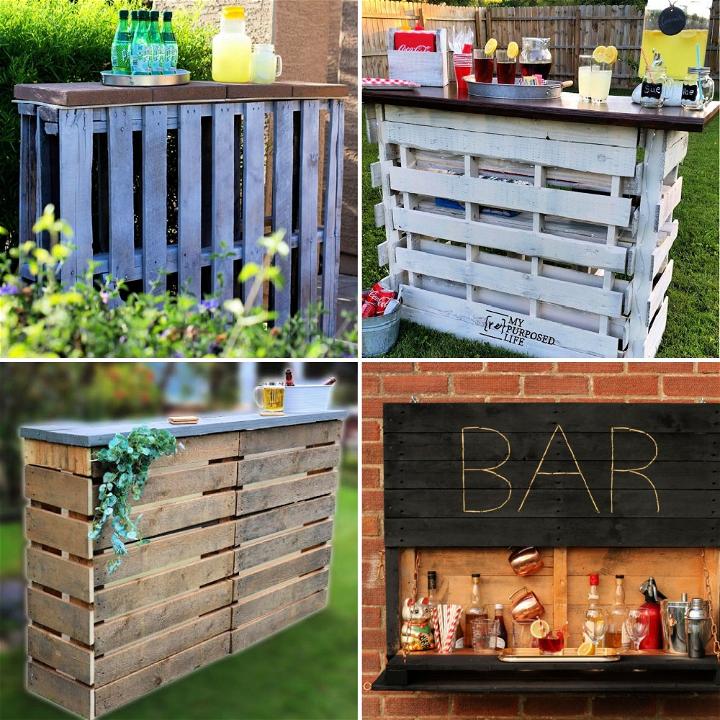Pocket doors are a fantastic solution for saving space and adding a sleek design element to your home. But commercial pocket door kits can be pricey and sometimes don't offer the sturdiness or customization you might desire. Fortunately, with the right tools and some DIY know-how, you can build a pocket door that is faster to install, better suited to your space, and stronger than pre-made options—all while significantly cutting costs.
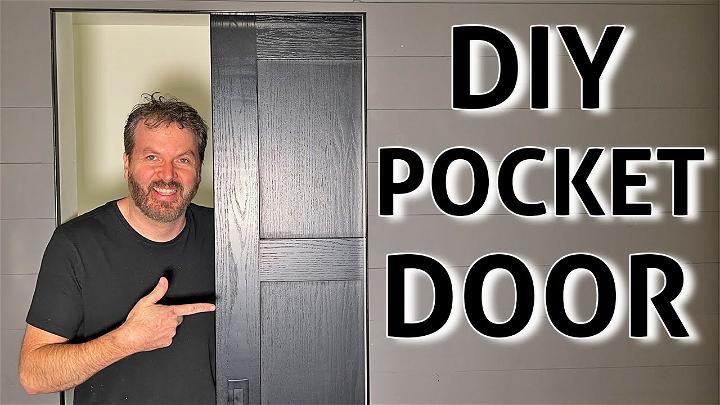
Why Build Your Own Pocket Door?
A DIY pocket door project gives you control over the materials and design, ensuring you get precisely what you want. It's also a great way to save money, as custom options can be very expensive. By investing in a high-quality sliding door track and using standard construction materials for the rest, you can make a durable, custom-fit door at a fraction of the cost of professional installation.
Materials Needed:
- Johnson Sliding Pocket Door Kit (Track and Carriages Only): The aluminum track and carriage wheels are crucial for a smooth glide.
- Two-by-fours or Two-by-six Lumber: Choose dry, straight lumber to avoid future warping. This will serve as the frame for your pocket door.
- Rubber Bumpers: These will soften the impact when the door is fully opened or closed.
- Aluminum C-Channel: Installed at the bottom of the door to ensure it stays centered.
- Miscellaneous Hardware: This includes screws (for assembly) and a finger pull (for easy operation).
- Tools: You'll need a saw, drill, level, and potentially a router for installing hardware.
Step-by-Step Instructions:
Step 1: Prepare the Opening
Ensure the doorway where you intend to install the pocket door has enough adjacent wall space to accommodate the door when it's fully opened. Clear out any obstructions and verify that the wall isn't load-bearing.
Step 2: Build the Frame
Using two-by-fours or two-by-six lumber, construct a frame for your door. Remember, the strength of your door will significantly depend on the frame's integrity, so ensure all pieces are securely fastened, level, and plumb.
Step 3: Install the Track
Attach the aluminum track from your Johnson kit to the top of your frame. Accuracy here is crucial; the track must be perfectly level to ensure the door operates smoothly.
Step 4: Mount the Door
Attach the carriage wheels to the top of your door and hang it on the track. Adjust the height as needed to ensure smooth operation and an even gap at the bottom.
Step 5: Install the Rubber Bumpers
Place rubber bumpers inside the pocket to prevent the door from slamming into the frame. This not only reduces noise but also prolongs the life of your door.
Step 6: Fit the Aluminum C-Channel
Route a slot at the bottom of your door to fit the aluminum C-Channel. This will house a guide pin to keep the door centered, avoiding scuffs on the wall.
Step 7: Finalize Hardware Installation
Install any remaining hardware, including the finger pull and guide pin at the bottom of the door. Ensure everything operates smoothly and make adjustments as necessary.
Expanded Tips and Troubleshooting:
- Aligning the Track: If you're having trouble getting the track perfectly level, consider adjusting the mounting surface or shimming the track as needed.
- Door Sticking: If your door sticks or doesn't slide easily, check for obstructions in the track and adjust the height using the carriage screws.
- Finishing Touches: For a professional look, match the door's paint or stain to your interior design, and consider adding trim or molding for a finished appearance.
Why This Works:
Building your own pocket door using this method offers durability, customization, and cost savings. By focusing on the key components (track and wheel system) and using standard building materials for the rest, you achieve a professional-looking result without the professional price tag.
Video Tutorial:
Want a visual demonstration? Watch a step-by-step video tutorial on YouTube for a clear and easy-to-understand walkthrough of the techniques, making it a great companion to this written guide. Watch it here.
By following these instructions, not only will you save money but also make a custom pocket door that adds value and style to your home. Good luck with your project!
FAQs About Pocket Doors
When installing pocket doors, homeowners have many questions. Here is a detailed section to help and inform.
What Problems Can a Pocket Door Have?
Pocket doors are a stylish and space-saving addition to any home, but they may encounter certain issues:
- Alignment Difficulties: Over time, a pocket door may come off its track or become misaligned, making it difficult to open and close smoothly.
- Hardware Wear: The rollers and tracks can wear out with frequent use, necessitating replacement to ensure proper function.
- Obstructions: Debris can accumulate in the track, and if not cleaned regularly, can obstruct the door's movement.
- Structural Integrity: Installing a pocket door requires making space within a wall. If not done correctly, it could compromise the wall's structural integrity.
How Do Pocket Doors Differ From Sliding Doors?
- Space Utilization: Unlike sliding doors that move along an external track and require wall space, pocket doors slide into a compartment within the wall, freeing up valuable space.
- Aesthetic: Pocket doors offer a seamless look when open, as they completely disappear into the wall, unlike sliding doors that remain visible.
Can You Lock Pocket Doors?
- Locking Mechanisms: Yes, pocket doors can be locked. They typically use specialized locks that differ from standard door locks, such as circular or hook locks that are integrated into the door's edge.
Are Pocket Doors Effective for Soundproofing?
- Sound Insulation: While pocket doors can provide a level of sound reduction, they are not as effective as solid, traditional doors due to the nature of their installation and the potential for gaps.
What Is the Best Door Model for a Pocket Door?
- Material and Style: The best model for a pocket door depends on your personal style and the room's requirements. Options range from solid wood for privacy to frosted glass for a balance of light and privacy.
What Sizes Are Available for Pocket Doors?
- Standard Sizes: Pocket doors come in various sizes, typically mirroring standard door sizes to ensure they can fit into existing door frames if needed.
25 DIY Pocket Door Ideas and Inspirations
Discover 25 stunning DIY pocket door ideas and inspirations to enhance your home design. Transform any space with these creative and functional solutions.

1. Custom DIY Interior Pocket Door
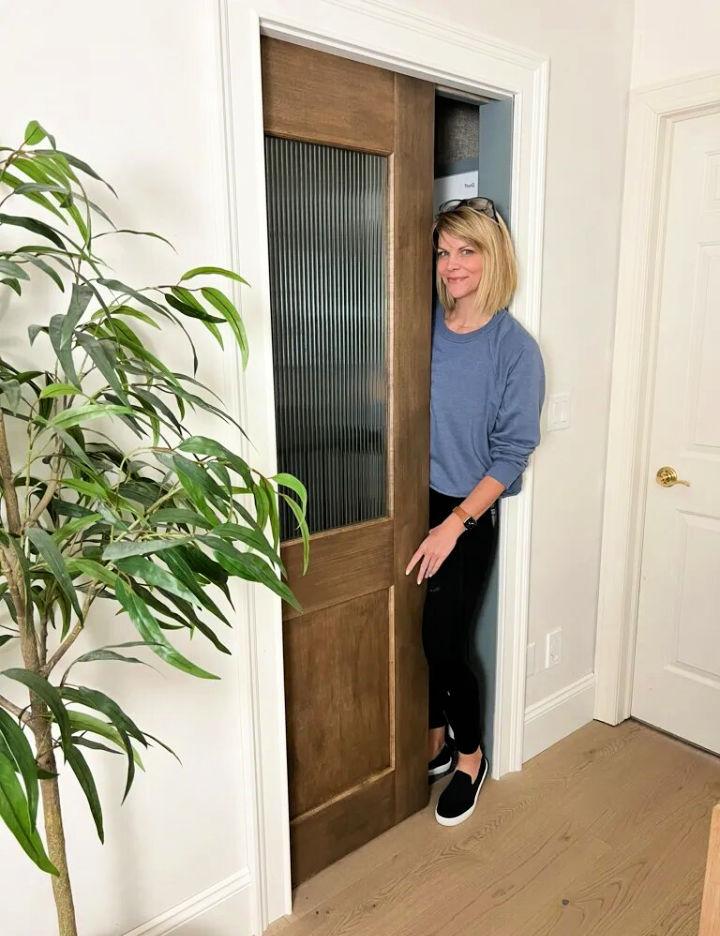
Making a custom DIY interior pocket door adds a touch of personal flair and practicality to your space. These doors are fantastic for saving square footage in smaller rooms, as they slide into the wall. You get the benefit of a full door without the space it usually consumes when swinging open or closed. Plus, the design can match your home's aesthetic beautifully.
2. How to Build a Pocket Door
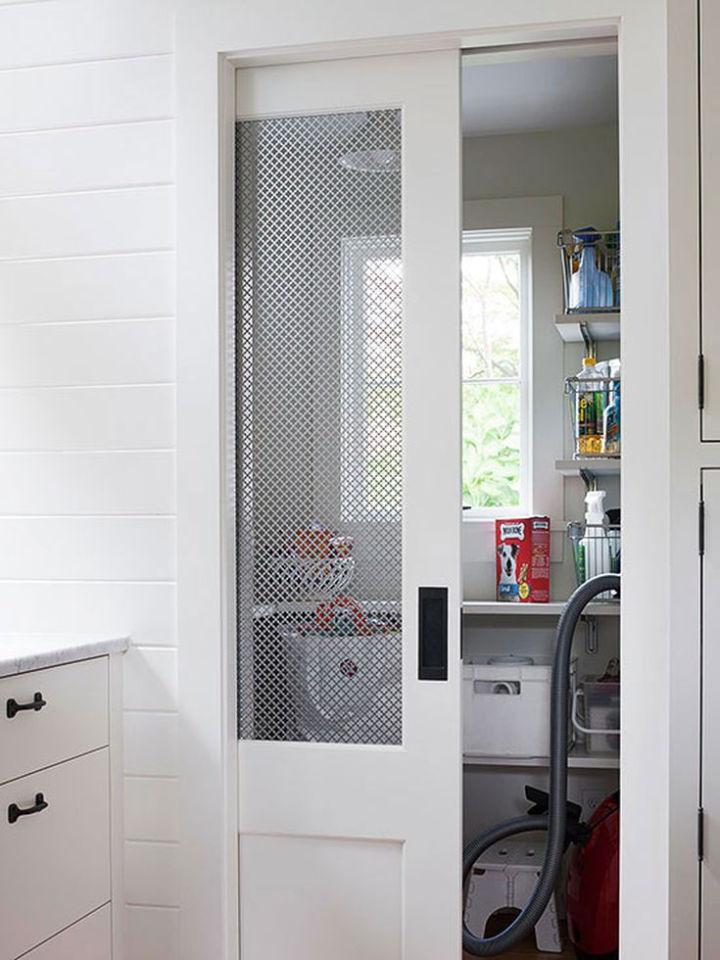
Building a pocket door from scratch allows you to tailor it exactly to your needs and space. The process offers flexibility in materials and finishes, ensuring it blends seamlessly with your home's style. A self-made pocket door not only enhances room accessibility but also serves as a rewarding DIY project that can elevate the look of your home.
3. How to Install a Large Pocket Door
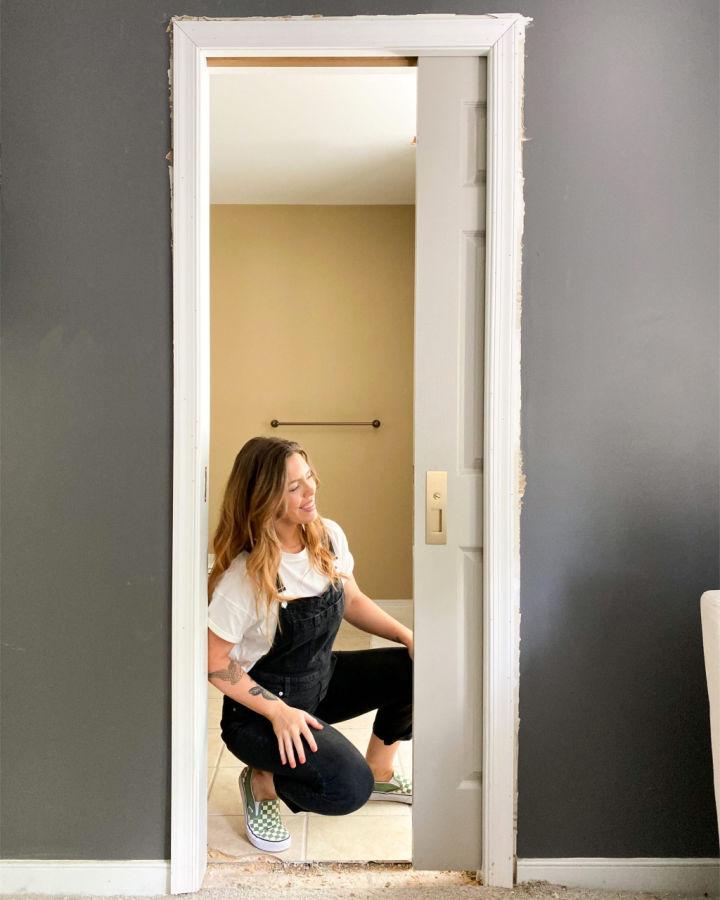
Installing a large pocket door is an excellent choice for dividing larger rooms or for entryways that need a grander scale solution. These doors are not just functional space-savers; they also make a statement. The installation might need a bit more elbow grease but the outcome is a sleek, streamlined look that can make any room feel more spacious and luxurious.
4. Free Secret Pocket Door Plan
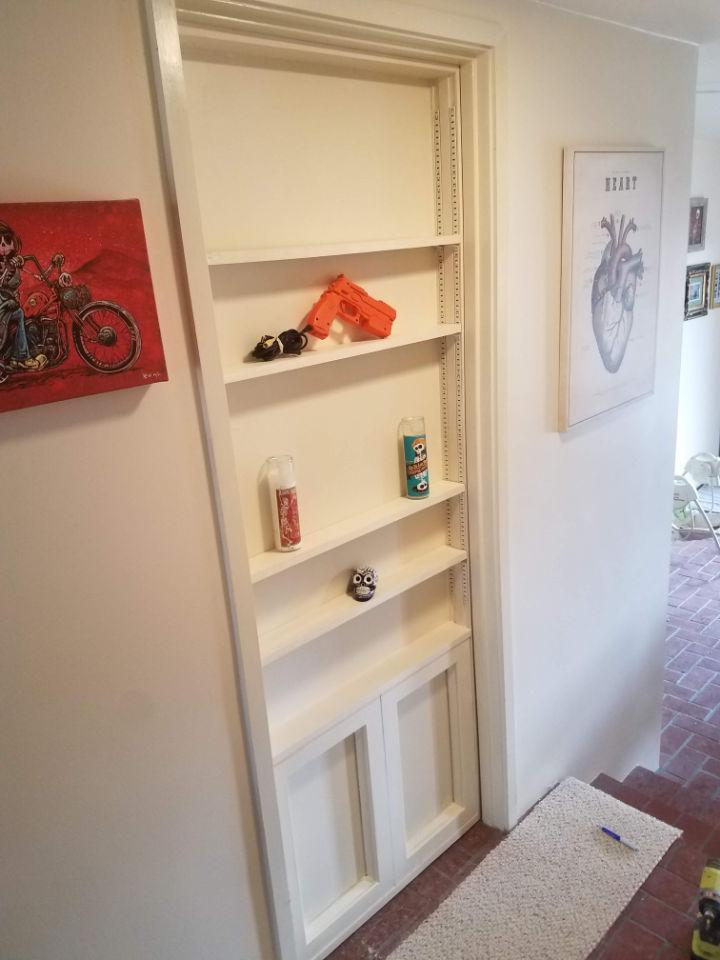
A free secret pocket door plan can be a treasure trove for the intrepid DIY'er. It epitomizes the perfect blend of functionality and whimsy, offering a unique way to add hidden rooms or compartments to your home. This feature could serve as a safe space for valuables or simply as a magical element in a child's room.
5. Installing a Pocket Doors In Bedroom
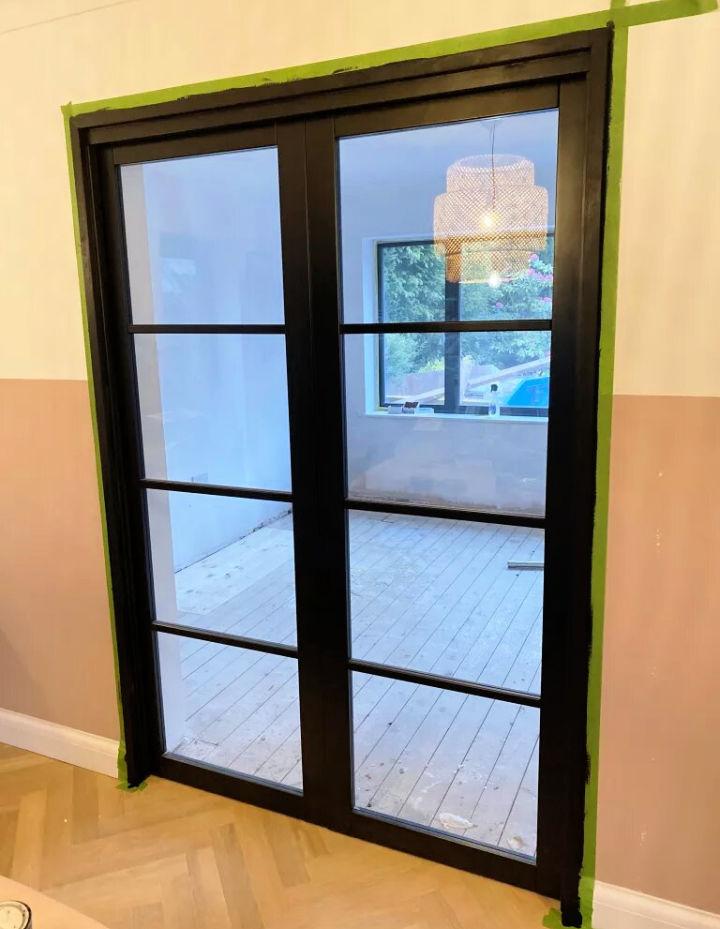
Installing pocket doors in the bedroom maximizes available space while adding a modern aesthetic. Their seamless design can simplify room layouts and make small spaces feel larger. Moreover, the quiet sliding mechanism enhances the room's tranquility, making it an even more restful retreat.
6. Making a Pocket Door in the Closet
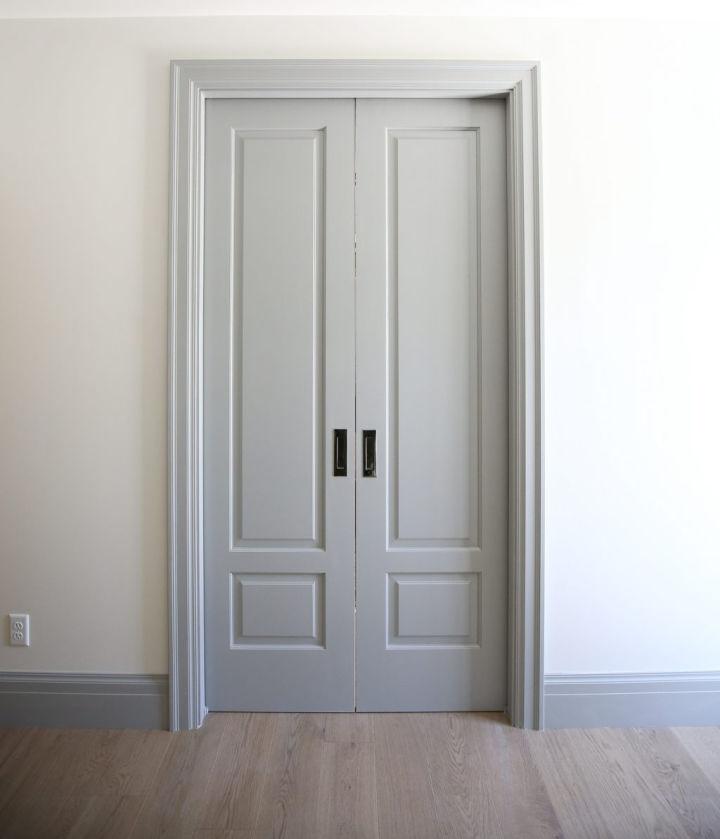
Making a pocket door in the closet can transform your storage spaces from mundane to marvellous. This innovative approach not only makes for smoother access to your belongings but also adds a sleek, contemporary touch to even the most traditional closets. Plus, it could make morning routines just that bit smoother.
7. How to Make a Wooden Pocket Door
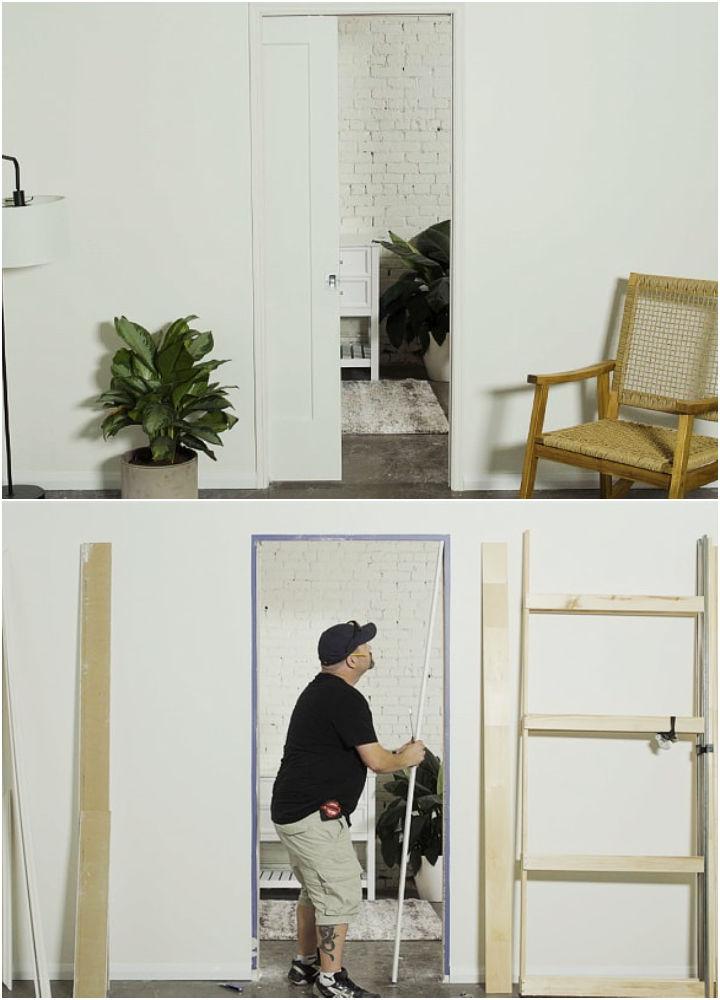
Making a wooden pocket door combines the warmth and natural beauty of wood with the ingenious space-saving design of a pocket door. This DIY project allows for a creative expression through wood selection and finishing techniques. Wooden pocket doors add a timeless elegance and sturdiness, ensuring they're not just practical but also a design statement.
8. DIY Pocket Door in Basement
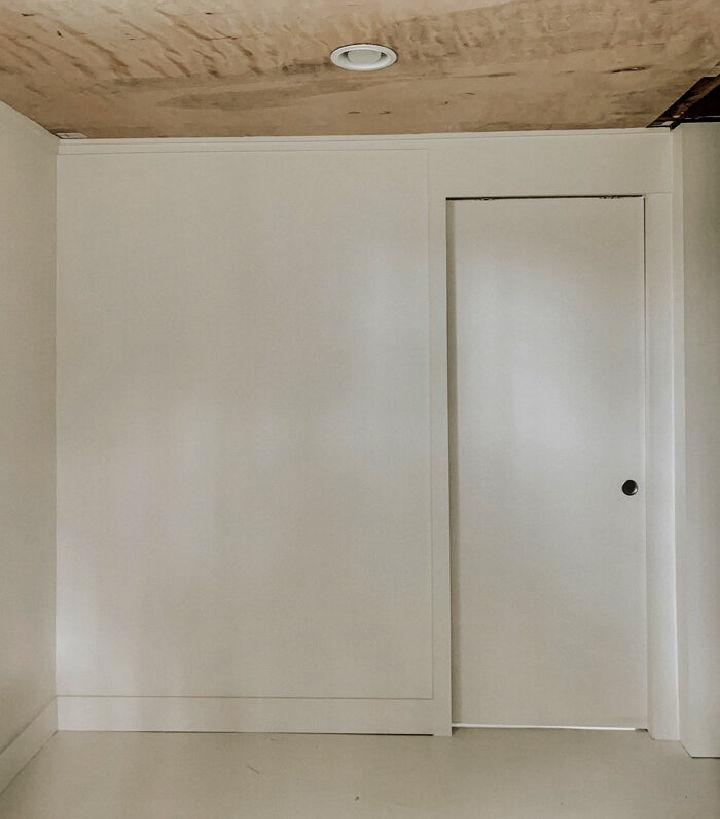
A DIY pocket door in the basement can redefine the area's utility and aesthetics. Whether it's for making a more organized storage space or enclosing a new home office, this addition can significantly enhance the basement's functionality. It's a smart, effective way to make the most of every available space in a home.
9. Homemade Pocket Door

A homemade pocket door adds a personal touch to your home. This project lets you delve into the details, from choosing materials to the final touches, crafting a door that perfectly fits your space and style. It's a great way to add character and charm, while also enjoying the practical benefits of a space-saving door design.
10. DIY Pocket Door for Bathroom
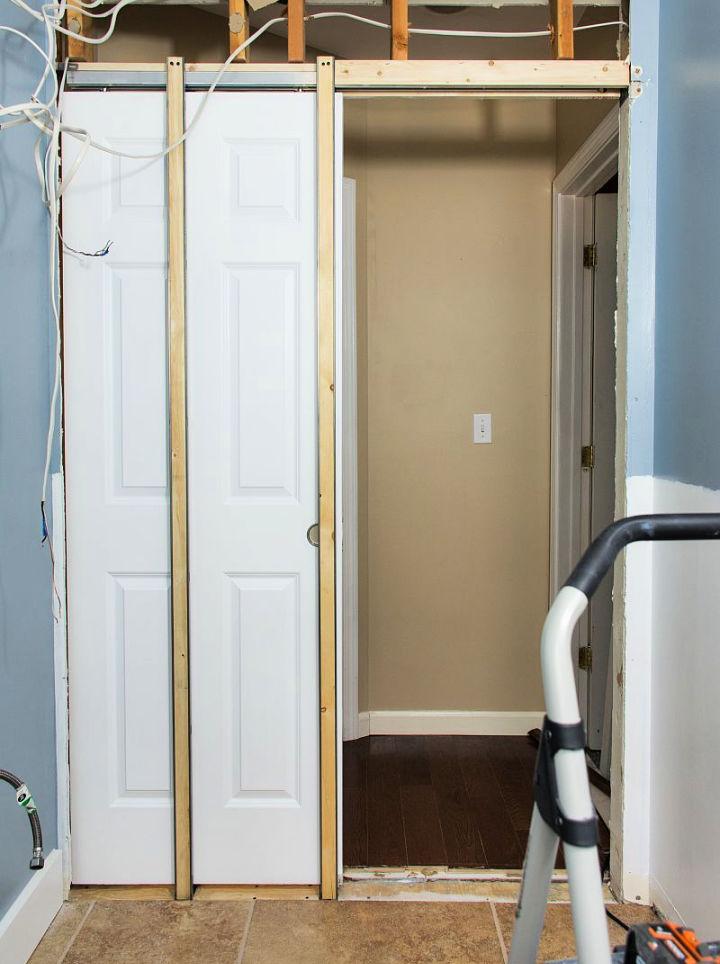
Adding a pocket door to your bathroom not only saves space but also brings a sleek, modern look. It slides smoothly into the wall, freeing up valuable floor and wall space that a traditional swinging door would consume. This makes it a perfect solution for compact bathrooms where every inch counts. Plus, the seamless design can enhance the overall aesthetics of your private sanctuary.
11. DIY Small Pocket Door
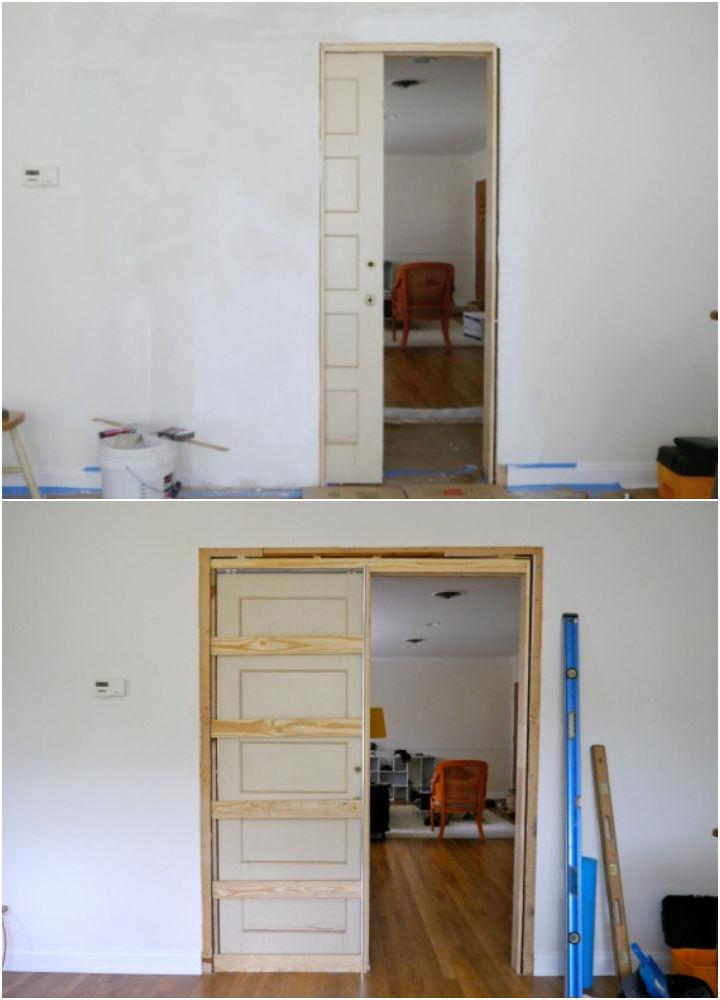
For tighter spaces, a small pocket door is a smart choice. It combines functionality with an unobtrusive design, enabling you to maximize even the smallest nook and cranny. Perfect for closet doors or connecting small rooms, this innovative solution opens up your space, both visually and practically, without the need for swing room.
12. Install a Pocket Door and Locking Hardware

An installed pocket door with reliable locking hardware offers the best of both worlds: efficient use of space and privacy. It's not just about saving space; it's about making a secure, private area with a door that blends seamlessly into your wall. This setup is particularly ideal for bedrooms and bathrooms, where privacy is paramount. The locking mechanism ensures that, despite the unique design, safety and privacy are never compromised.
13. DIY Pocket Door Frame in an Existing Wall
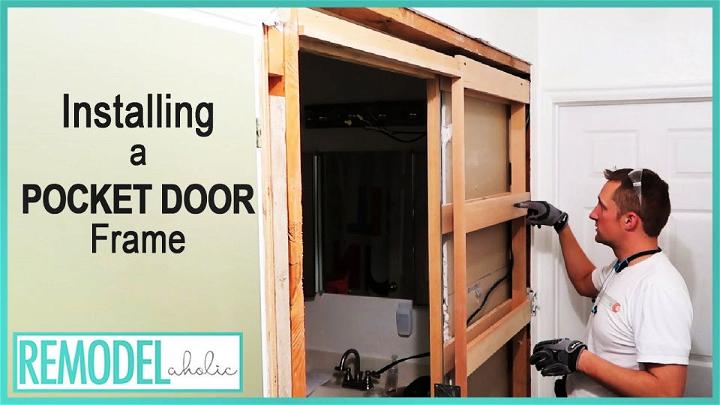
Incorporating a pocket door frame into an existing wall might seem daunting, but it's a feasible project that breathes new life into your space. It allows you to open up rooms without the extensive remodeling required for traditional doors. This approach is not only practical for streamlining the look of your home but also for enhancing the functional flow between rooms.
14. How to Add a Pocket Door to Save Space
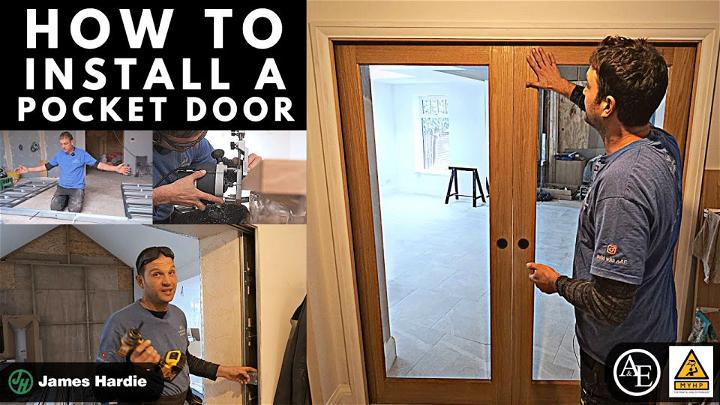
Adding a pocket door is a clever way to save space while maintaining a smooth, unbroken wall look when open. It's ideal for areas where space is at a premium, such as small apartments or homes with narrow corridors. Besides saving space, a pocket door also offers a touch of sophistication and can help streamline the aesthetic of a room, making it appear larger and more open.
15. Building Pocket Doors for Pantry
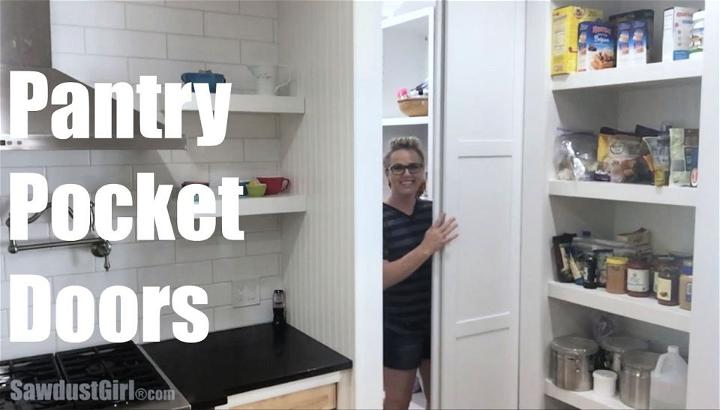
Building pocket doors for your pantry can transform your kitchen space, making it appear neater and more organized. These doors slide away neatly, avoiding any intrusion into your kitchen or dining area, perfect for tight spaces. Moreover, they provide easy access to your pantry without the hassle of swinging doors, making cooking and kitchen navigation a breeze.
16. DIY Double Pocket Door
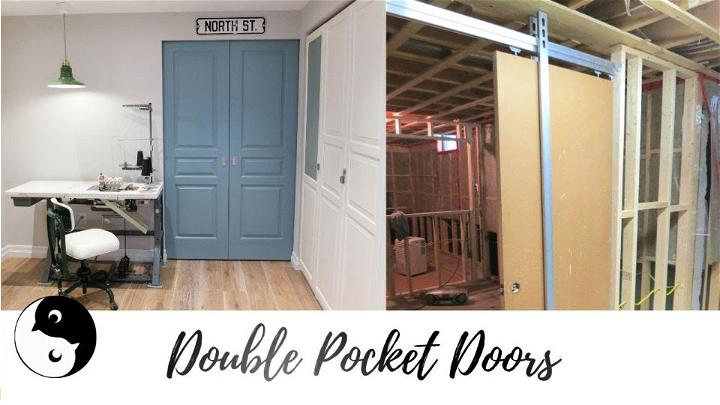
A DIY double pocket door setup is an elegant solution for larger openings, combining the space-saving benefits of pocket doors with the grandeur of double doors. This configuration is particularly suited for making a dramatic entrance between adjoining rooms or for dividing larger spaces without sacrificing ease of movement and visual openness. The symmetrical design also adds a balanced, cohesive look to your home's interior.
17. Sliding Pocket Doors in Bus Conversion

Incorporating sliding pocket doors into a bus conversion project is a brilliant move for maximizing space and ensuring privacy. These doors slide away into the walls, making a seamless transition between different areas of your converted bus. Ideal for separating living areas from bedrooms or bathrooms, they contribute to a more organized and spacious bus interior, making your mobile home feel more like a traditional house.
18. How to Construct a Pocket Door
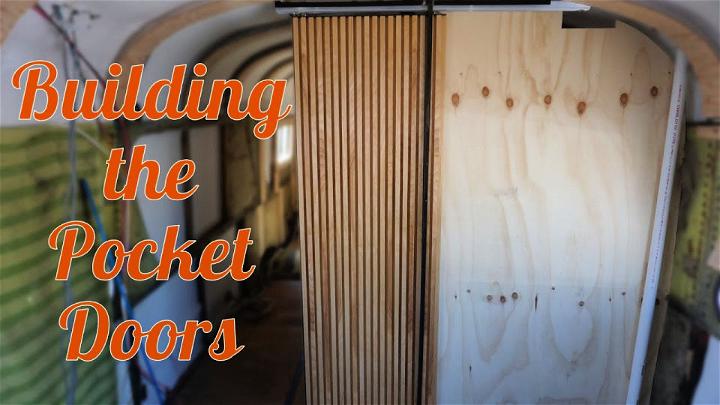
Pocket doors glide seamlessly into a wall, saving you tons of space in any room. To construct one, you'll need a sturdy frame, quality rollers, and a track hidden inside your wall. This clever design allows for elegance and efficiency, especially in tight spaces.
19. How to Trim Out a Pocket Door

Trimming out a pocket door involves meticulous attention to detail, enhancing its aesthetic while ensuring functionality. The perfect trim marries the door seamlessly with your room's design, using matching or complementary materials. It not only dresses up the doorway but also conceals any hardware or imperfections.
20. DIY Pocket Door - Step by Step Instructions
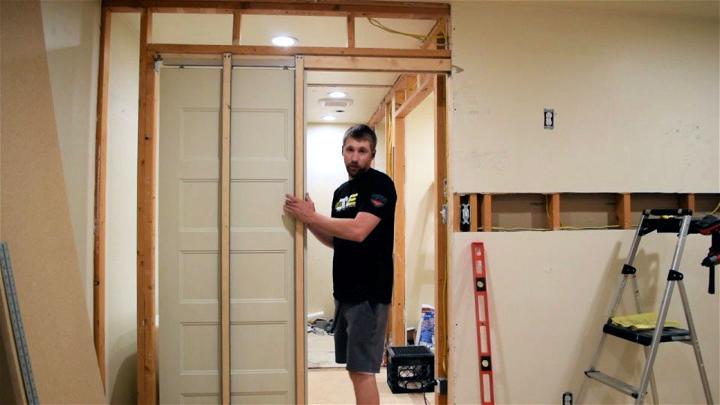
Diving into a DIY pocket door project? Here's a pro tip: focus on precision. From accurate measurements to choosing the right tools, every step matters. Your reward? A space-saving door that blends form and function, tailor-made for your home by the best person for the job: you.
21. DIY Crappy Pocket Door
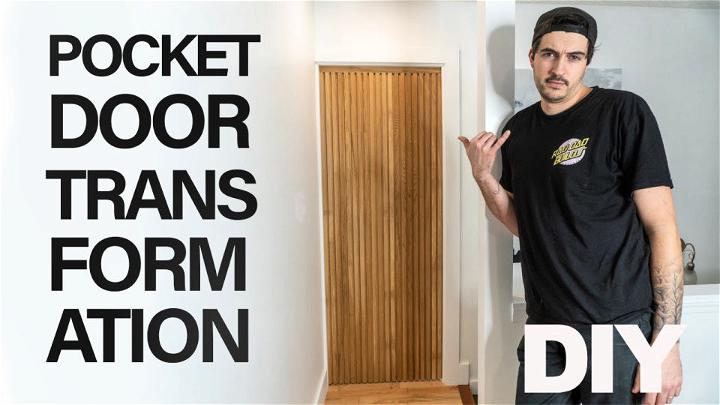
Tackling a DIY "crappy" pocket door can be a hidden gem of a project. With a bit of creativity and elbow grease, transforming a less-than-perfect door into a smooth, practical slider can add charm and character to your space, proving that beauty truly is in the eye of the beholder.
22. Low Budget Sliding Pocket Door
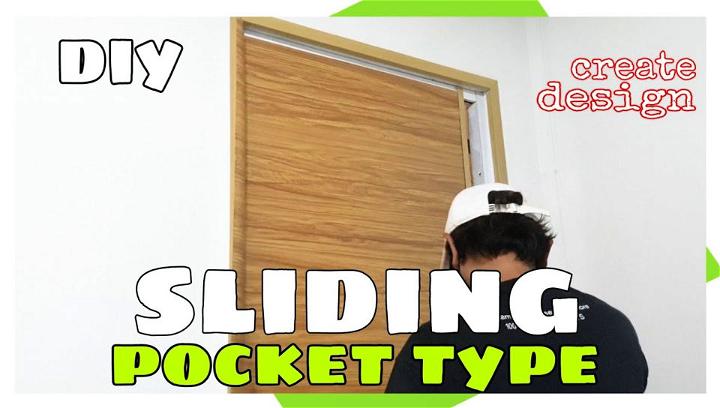
Making a sliding pocket door on a tight budget doesn't mean skimping on style or functionality. By focusing on essential components and perhaps repurposing materials, you can achieve a sleek, efficient door that slides away neatly, proving that smart design doesn't always have to break the bank.
23. Custom Cabinet with Pocket Door
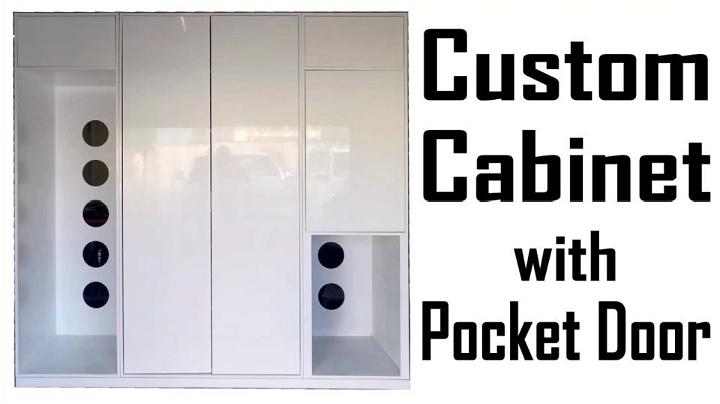
Incorporating a custom cabinet with a pocket door can be a game-changer for any room. This unique combination maximizes space while keeping your belongings hidden but accessible. Design it to match your decor for a cohesive, polished look that's both functional and stylish.
24. DIY Pocket Door on Track
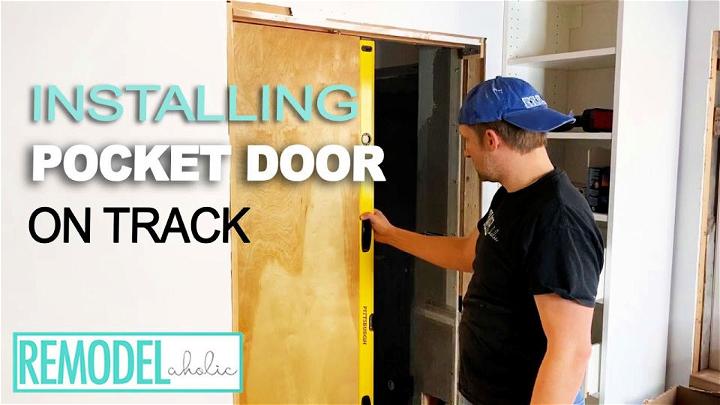
Installing a DIY pocket door on a track system is a straightforward, effective way to update your space. The track ensures smooth operation, while the door can reflect your personal style. Plus, this setup allows for easy maintenance and adjustments down the line, making it a practical choice for any DIY enthusiast.
25. Make Your Own Pocket Door

Making your own pocket door is an opportunity to merge functionality with personal expression. Material selection, dimensions, and hardware can all be customized, turning a simple door into a statement piece. Your handcrafted door will not only serve a practical purpose but also reflect your craftsmanship and style.
Conclusion:
In conclusion, mastering how to build and install a pocket door can bring both convenience and elegance to your home. Our DIY guide provides a straightforward, step-by-step process for making space-saving solutions with style. Elevate your home's functionality and aesthetic appeal by following these simple instructions. Embrace the opportunity to enhance your living space with this practical and visually pleasing project.



